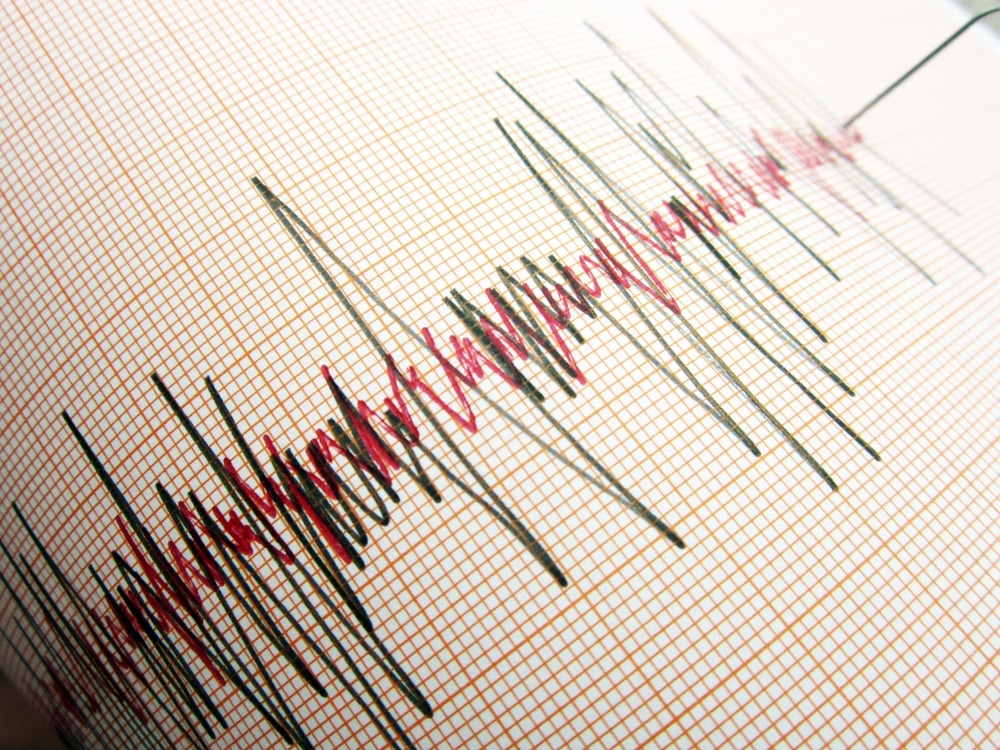Scientists have developed a way to tell how long cancer patients have left to live to within months. Currently, medics’ prognosis of how many years someone will survive after diagnosis can be vague and sometimes wildly inaccurate.
Patients can live many more years longer than expected while others see their health plummet upon receiving the news of diagnosis and die within weeks.
But scientists have used a huge database of the medical records of most US cancer patients to train artificial intelligence (AI) to give a prediction accurate to within ten months. Charities say knowing how long you have left could help people make the most of their final years and plan a “good death”.
Dr Sarah Holmes, chief medical officer at Marie Curie, said: “Greater certainty around prognosis, when someone has a terminal illness, will no doubt bring comfort to some people. However, I routinely support patients who do not wish to know how long they have left when they are told they have an illness they won’t recover from.
“From a clinician point of view, more clarity around prognosis could help us ensure we support patients as early as possible and help them maintain the best possible quality of life right until the end.” Cancer is increasingly becoming a disease people live with in Britain rather than die quickly from.
While the total number diagnosed continues to increase as we live longer, cancer death rates have fallen by around a quarter since the mid-1980s. But this shift has opened up questions about how people deal with a terminal diagnosis even if they have years left to live.
The US team will make the finalized diagnostic tool available to healthcare practitioners globally to allow cancer patients to better plan and make the most of their final years. The tool analyzed the records of more than 400,000 patients diagnosed in 2015 and 2017 with breast, thyroid, and pancreatic cancers from the National Cancer Database (NCDB).
This contains the records of 72% of newly diagnosed cancer cases in the US. Northwestern University McGaw Medical Centre in Chicago used it to train the algorithms to recognize patterns between characteristics at diagnosis and patients’ survival at five years, and then to rank the factors with the greatest influence on survival.

















